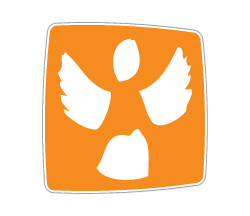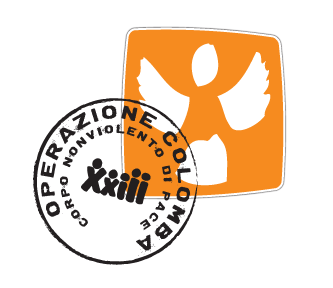Ein Rashash - Forbidden areas for palestinians
Bilal, sitting next to his son, watches his flock grazing. It is now afternoon when he recognizes the sound of the army jeep turning off. Almost at the same time, two settlers with their flocks come down the slope of the Malachei Ha Shalom outpost, just above them. Settlers and soldiers nod to each other in greeting. The flocks scatter and begin to graze.
Three soldiers approach Bilal. One of them asks to show the permit to graze on that land: it is a military training area whose access is forbidden without permission. Once Bilal tried to ask for it but it had always been denied. It was already absurd to have to ask for a permit to access to his own land, even more absurd that this permit was not issued for "security reasons". Bilal, as long as he can remember, had never seen or heard of any military training in that land. It is his family's field, it is the only place in the area suitable for grazing, besides that land there are no alternatives: he would be forced to buy fodder, which would entail an economic effort he would not be able to support in the long run.
His son, who has been by Bilal's side the whole time, takes a step towards the soldiers. Undaunted, he asks why: why declaring the only land suitable for grazing in the area a military training zone without, moreover, ever having been used for training? Why driving shepherds out of their lands and forcing them to leave their homes? None of his questions obtains an answer. The military gives orders, not explanations. At this point the options are two: leaving or being arrested. The day of grazing is over, if the soldiers and settlers had not arrived they would have left anyway. So Bilal calls back the flock and calls upon his son to follow him. They leave accompanied by the threat of being arrested if they had returned to that land, their one. On the way home they remain silent, only the sound of the flock moving. Bilal puts a hand on his son's shoulder and looks for his gaze. He recognizes a spark that lights his eyes up. It is a spark he had seen many times in the eyes of his parents, his wife, his brothers, his entire community. It is the spark of determination, of love for one's land and history, of sacrifice, of hope, of suffering, of the desire for change. It is the spark of resistance. There is no need to say anything. Tomorrow they will return to the pasture, even at the risk of arrest.
Area C covers about 60% of the West Bank, of which 30% is defined as "military training area". These areas are closed to Palestinians because of Israeli army training, however it is estimated that about 80% of these areas are not used for training. Areas closed to Palestinians are also nature reserves and national parks that comprise about 6% of area C, and the so-called "State lands" that cover about 22%. By "State lands" are meant, on the one hand, lands that belonged to Jordanian government and transferred to Israeli authorities in 1967, on the other hand, lands declared as such by Israel after 1967. Overall, about 60% of Area C is closed to Palestinians, unless special permits are obtained from the Israeli authority, which very rarely grants them. However, even in the remaining 40% Israel restricts any possibility of life and development for Palestinian communities, hardly ever approving applications for building permissions. In contrast to the restrictive policy reserved for Palestinian communities, Israeli settlements are government-funded and ever expanding, and their growth is encouraged.



 OPERAZIONE COLOMBA
OPERAZIONE COLOMBA
